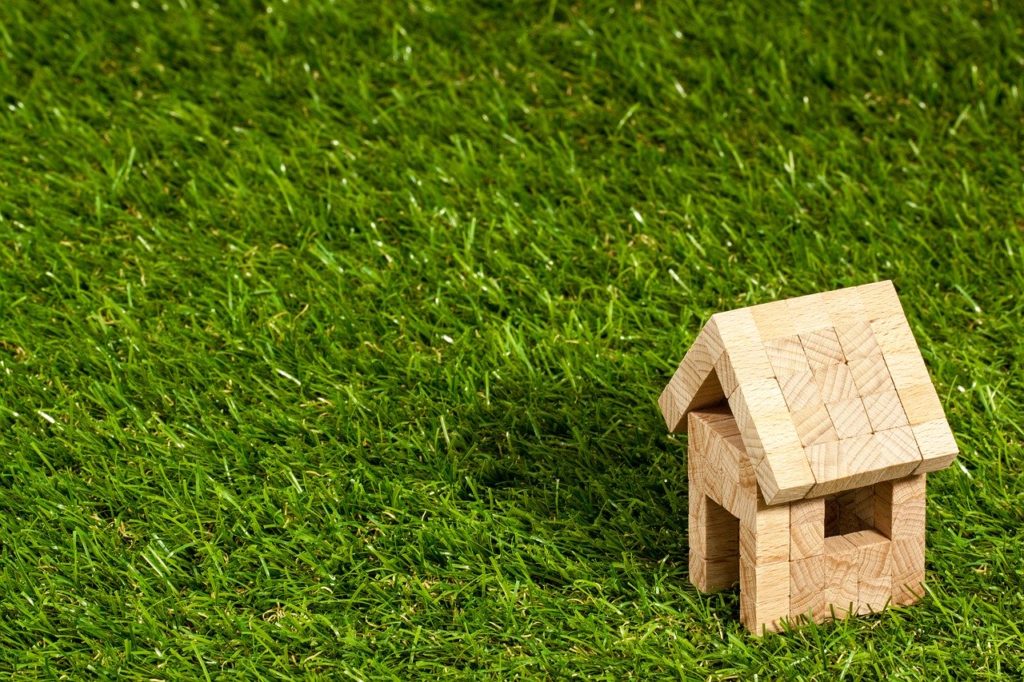The roof over your head protects you and your loved ones as well as all your valuable items. However, there are many other important components of your home that are also protected by your roof.

Here are a few different ways that your roof protects your home.
Protecting the Attic
The first component of your home that your roof protects is the attic. It protects this area from the wind, rain, and all other elements. A roof has vents that allows air to move through your attic and out from the house. This keeps your attic from retaining moisture from the rest of the home and allows that moisture to vent to the outside. Roofing vents also help regulate the temperate of your roof. This can be helpful in the winter when you might experience snow or ice. The vents help push out the warm air from the attic, so it does not get too hot. This is important because if it were to get too hot, the snow on your roof would melt and turn to ice when it reaches your gutters. That ice can push up from the gutter and go under the shingles which could severely damage your attic.
Protecting the Foundation
The foundation and the roof are two completely different parts of a home; however, they are still connected. One of the jobs that your roof does is to act as a large drainage system for water. The roof can collect a huge amount of water at one time, especially during an intense storm. Your roof protects your home from this water by directing it away from the house. If the roof did not function this way, the soil surrounding your home would be highly saturated with water and become mud. That would allow the soil close to the foundation to become wet as well. Any cracks that are present in the foundation would become vulnerable areas where the water could leak in and potentially erode it. The Department of Natural Resources states that very few basements are truly waterproof, at least not in the sense that they can remain dry while surrounded with water-saturated soil materials. To stay dry, your basement needs the drainage system that your roof can provide to help move water away from your home.
Protecting the Siding
Without protection, your siding can get worn down by the rain and fade in the sun. Your roof can protect your siding from breaking down over time or cracking. The overhang that your roof produces helps shelter the siding from the elements so it can last longer. It also holds any fallen debris that can come down during a storm. The roof and its associated drainage systems also prevent water from sliding down the side of your home, where it would deteriorate the siding and cause it to grow fungus, mold, and moss.
Those are just a few ways that your roof can help protect your home. It is always a good idea to make sure that your roof is well taken care of so the rest of your home can be taken care of too. Make sure to call us here at Eagle Roofing and Construction when it is time for your next roof inspection so we can help make sure your home stays protected!
